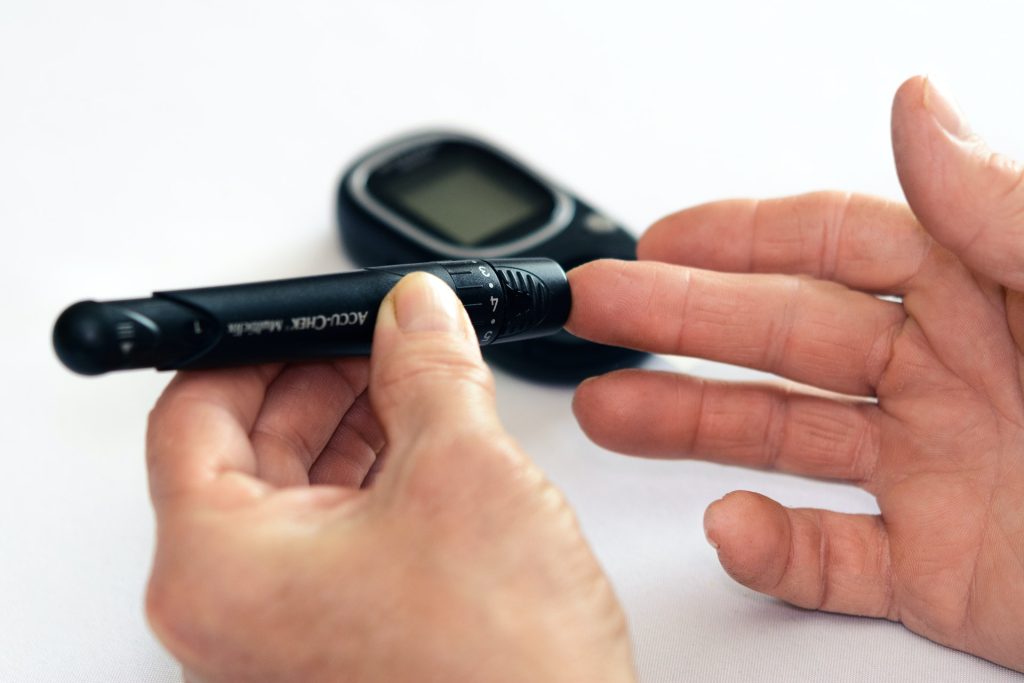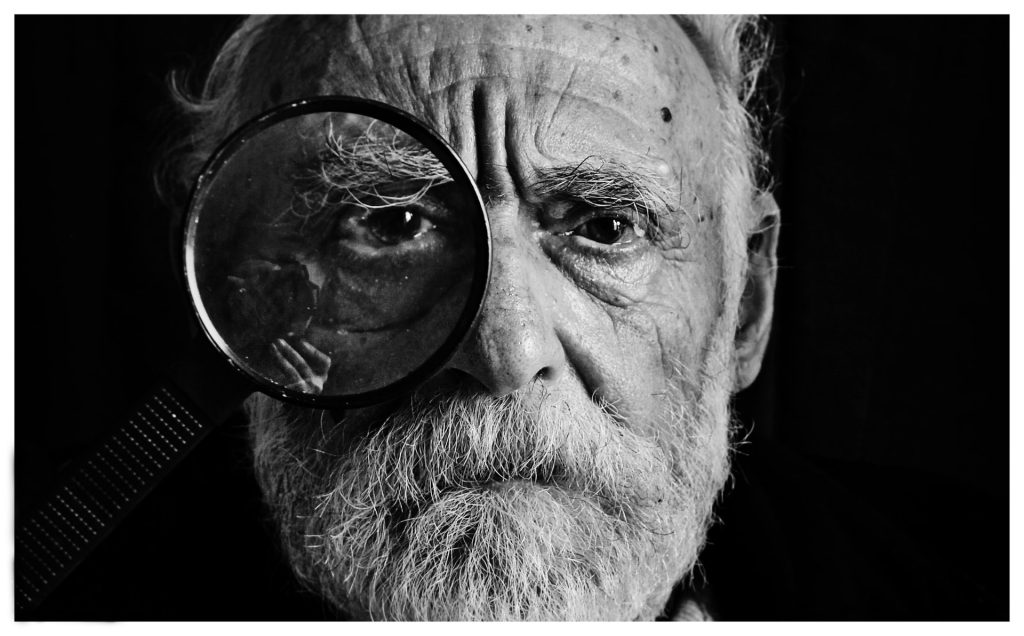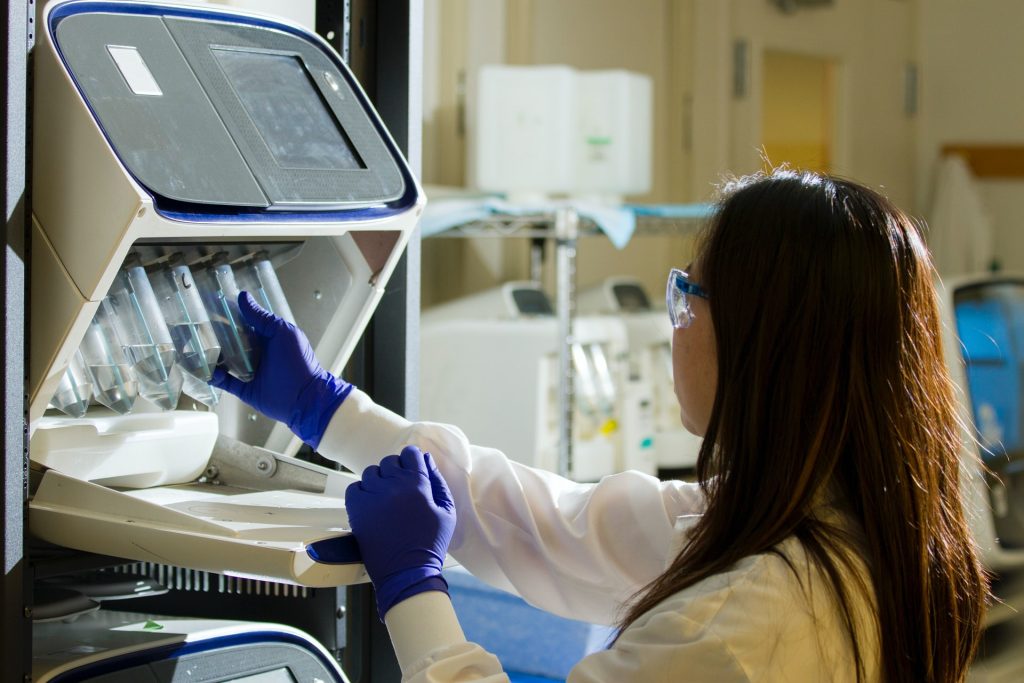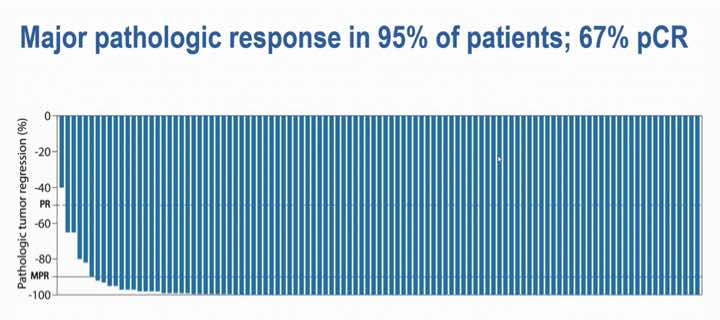30-year Diabetes Study Determines HbA1c Threshold for Complications

The levels of long-term blood sugar, HbA1c, can be used to accurately determine the risk of a person with type 1 diabetes developing eye- and kidney complications. A Swedish study, published in Diabetes Care, followed individuals after the onset type 1 diabetes for 30 years and showed that this level should under 53mmol/mol (7%).
People with diabetes may experience damage to the small blood vessels in various organs. The reasons for this are unclear, but it has been known since the 1990s that good control of blood sugar levels reduces the risk of complications. It has, however, not been clear what level of long-term sugar, HbA1c, people with type 1 diabetes should have in order to avoid serious damage to blood vessels in the eyes and kidneys.
“Our study determines accurately the levels of long-term sugar that can avoid complications. This knowledge can increase a person’s motivation to keep their blood sugar level under control,” said study leader Hans Arnqvist, professor emeritus at Linköping University.
Researchers in the current study, known as VISS (Vascular Diabetic Complications in Southeast Sweden), have followed all children and adults under 35 who developed type 1 diabetes during the period 1983–1987 in Southeast Sweden. All 447 newly diagnosed persons in the region during this period were included in the study. The researchers have followed the patients’ HbA1c values, which reflect their average blood sugar levels during a longer period. They have also monitored the development of eye- and kidney damage in these patients for a period of between 32 and 36 years after diagnosis.
In type 1 diabetes, the small blood vessels in the eye are particularly susceptible to damage. Nearly all patients experience small haemorrhages in the eye that do not affect their vision. In some cases, proliferative retinopathy develops, forming new blood vessels which can lead to blindness. The macula of the retina can also be damaged, leading to blurred vision.
While the kidneys are not as sensitive to high blood sugar levels as the eye, the important small blood vessels here can also be damaged, leading to albuminuria. The damage to the kidneys eventually leads to impaired kidney function and, in serious cases, kidney failure.
In healthy individuals, the blood sugar level is very closely controlled, with a maximum HbA1c level of 42mmol/mol (6.0%).
“The results of our study show that people with type 1 diabetes for at least 32 years should keep their mean long-term sugar level below 53mmol/mol (7.0%), if they are to completely avoid serious damage. The risk of eye- and kidney complications increases as the level increases. Our conclusions relate to avoiding complications arising from blood vessel damage. But if a patient has problems with low blood sugar, hypoglycaemia, it’s not possible to control the blood sugar level so strictly,” said Prof Arnqvist.
The target level for HbA1c that is suggested by the results of the VISS study agrees with the individual targets recommended by the American Diabetes Association. In Sweden, target levels are given for groups, rather than individuals.
The previous follow-up by the research group was conducted 20 years after the onset of disease. Now after 30 years, the results show that damage has arisen at lower blood sugar levels than was the case after 20 years.
More patients have experienced damage, despite having blood sugar levels that are not higher than those they have previously had. In other words, it seems that the threshold for developing complications falls gradually with time. This means that the study does not allow any conclusions for the recommended blood sugar levels of people with type 1 diabetes longer than 30 years after diagnosis.
Source: Linköping University






